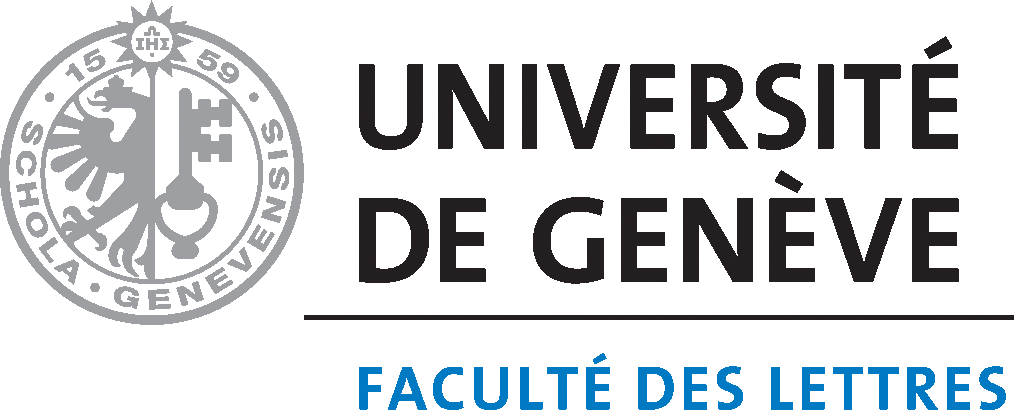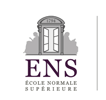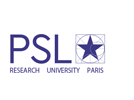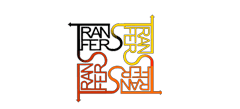Abstract
Through the analysis of one woodcut created in the GDR in 1973, the article offers a comprehensive approach to the spatial processes of creation, diffusion, and reception of an ordinary and modest image. In which spaces did actors (the artist, administrators, audience) place an image like this one? The main hypothesis is that realist art in a socialist context is characterised by two trends: on the one hand, the trend to embed art in a very local space, and on the other, the trend to universalise art in a communist way. The two divergent trends produced a special kind of internationalism.
Recommended Citation
Bazin, Jerome. "The Geography of Art in Communist Europe: Other Centralities, Other Universalities.." Artl@s Bulletin 3, no. 1 (2014): Article 5.






